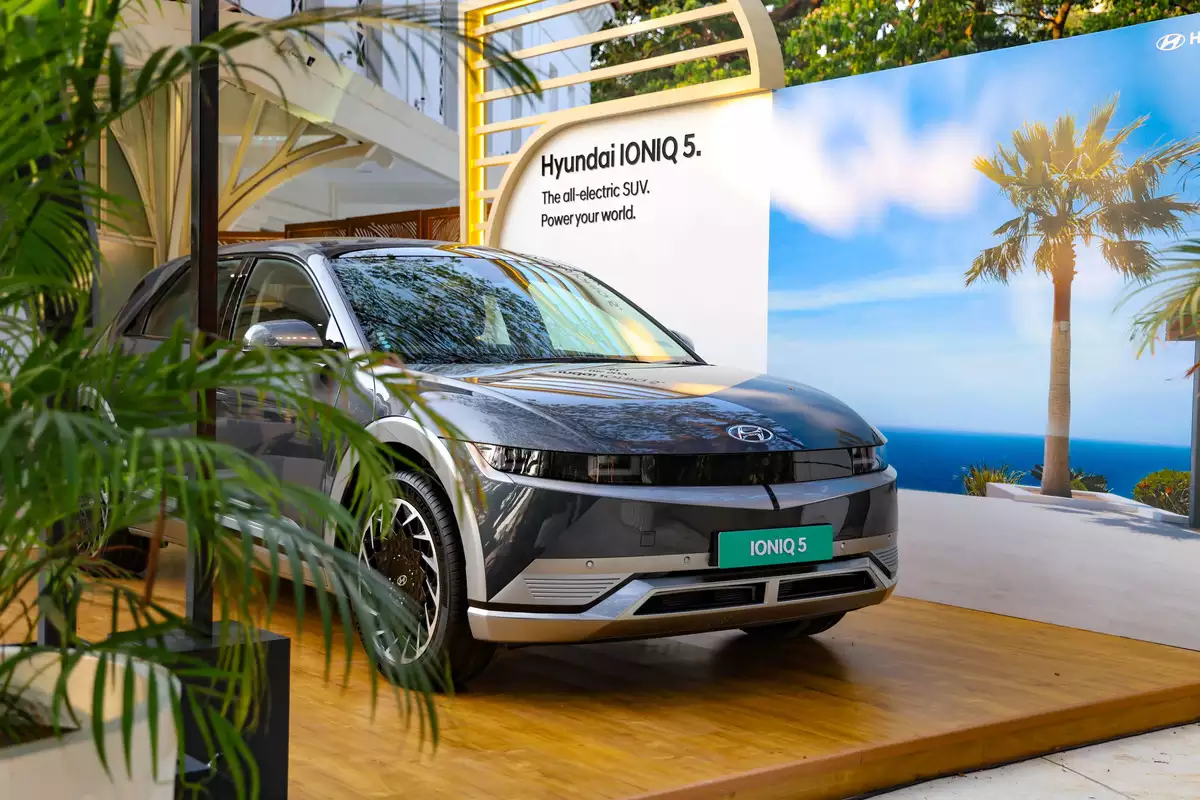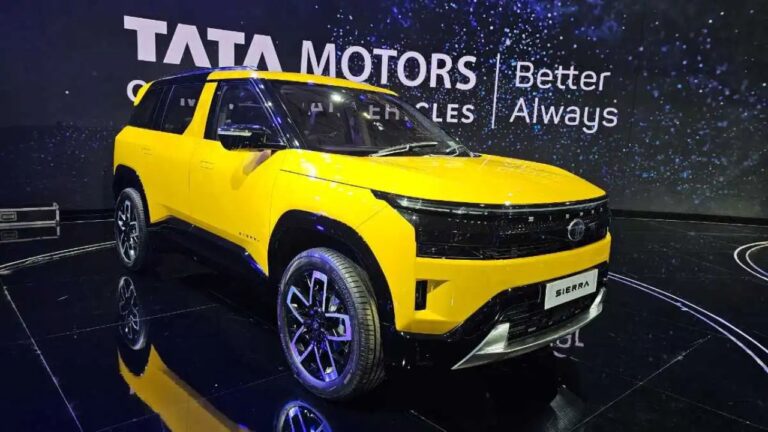
China’s electric vehicle (EV) industry has surged ahead, thanks to an estimated $231 billion in government subsidies and aid from 2009 through the end of 2023. This extensive support, although declining on a per-vehicle basis, has significantly boosted the industry, according to new research by Scott Kennedy, a China specialist at the Center for Strategic and International Studies.
Breakdown of Financial Support
The research highlights that more than half of the $231 billion came from sales tax exemptions. The remainder was comprised of nationally approved buyer rebates, government funding for infrastructure such as charging stations, government procurement of EVs, and research and development (R&D) support programs.
Kennedy’s findings suggest that the subsidies and aid have been pivotal in making Chinese EVs attractive both domestically and internationally. “Chinese EVs have benefited from massive industrial policy support, and their quality is improving, making them attractive to domestic and overseas consumers,” Kennedy noted.
International Trade Reactions
The substantial support for China’s EV industry has not gone unnoticed globally. The European Union recently announced an increase in tariffs on vehicles imported from China to as high as 48% to counteract these subsidies. Similarly, the United States has decided to quadruple tariffs on Chinese cars, and Canada is preparing to introduce potential new tariffs, according to a Bloomberg report.
Kennedy emphasized that any effective response from the US, Europe, and other regions must acknowledge both the high level of support and the improving quality of Chinese EVs.
Conservative Estimates and Additional Benefits
Kennedy described his data as “highly conservative,” pointing out that it does not account for local-level rebate programs in cities like Shanghai and Shenzhen, which aim to encourage the transition from conventional cars to EVs. Furthermore, his analysis excludes benefits such as low-cost land, electricity, and credit accessible to some EV manufacturers, as well as support for battery companies and other parts of the supply chain.
Decline in Per-Vehicle Support
Despite the substantial total support, the amount of aid per vehicle has decreased from $13,860 in 2018 to just under $4,600 in 2023. This amount is lower than the $7,500 credit available to US buyers of qualifying vehicles under the Inflation Reduction Act. Notably, sales-tax exemptions alone were valued at almost $40 billion last year, a significant increase from under $10 billion in 2020 due to the rapid rise in EV sales.
“If Chinese EVs were pieces of junk, then they would not be a serious challenge to the rest of the world’s automakers,” Kennedy wrote. “In general, Western automakers and governments have dilly dallied and not been aggressive enough.”
The Chinese EV industry’s remarkable rise can be attributed to substantial government subsidies and strategic support over the past 15 years. As international trade tensions escalate with higher tariffs on Chinese EVs, the global automotive industry must recognize and address the dual challenges of substantial policy support and the increasing quality of Chinese electric vehicles.






